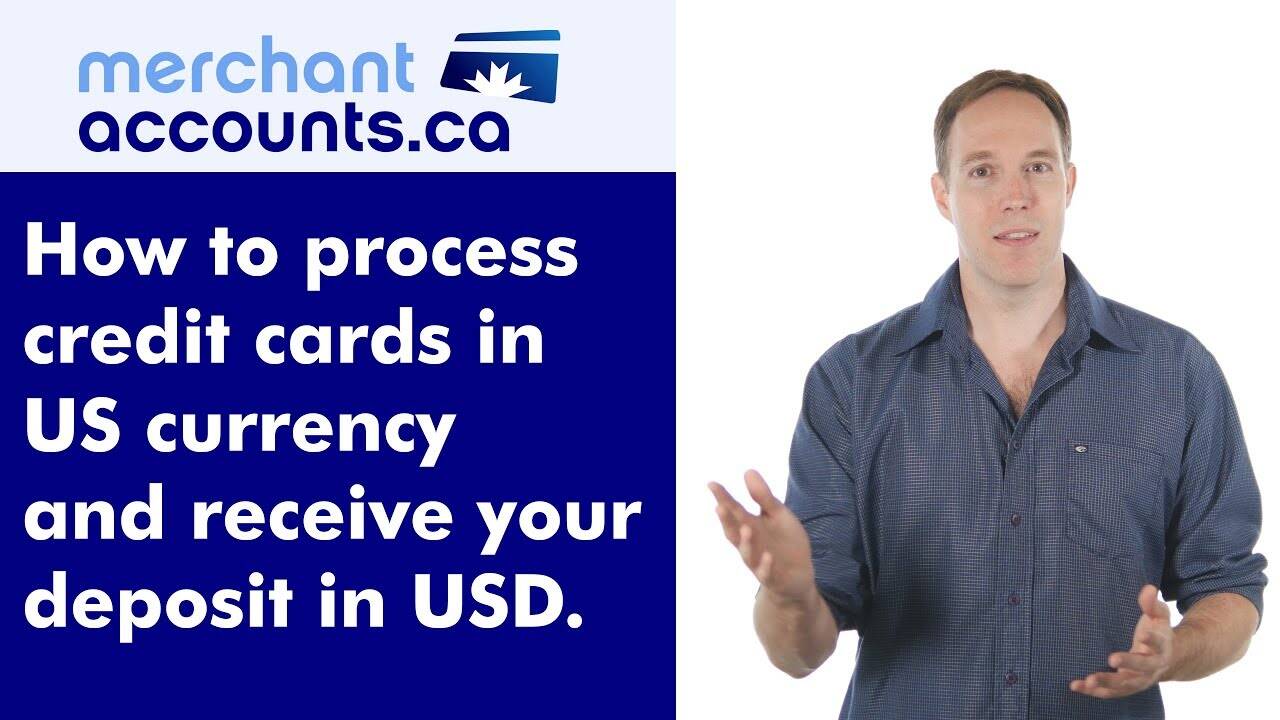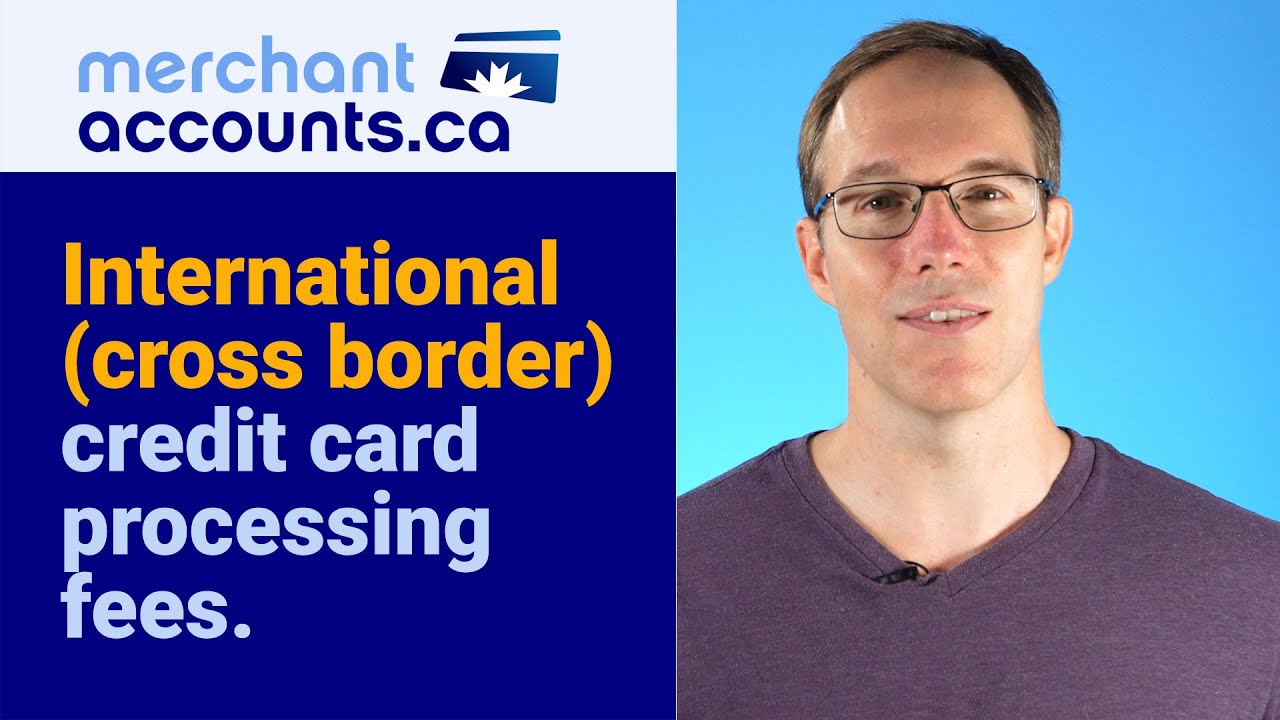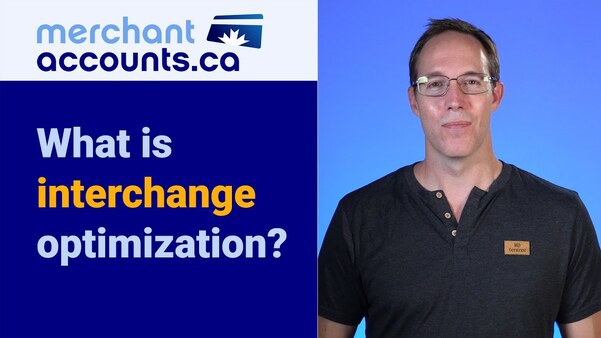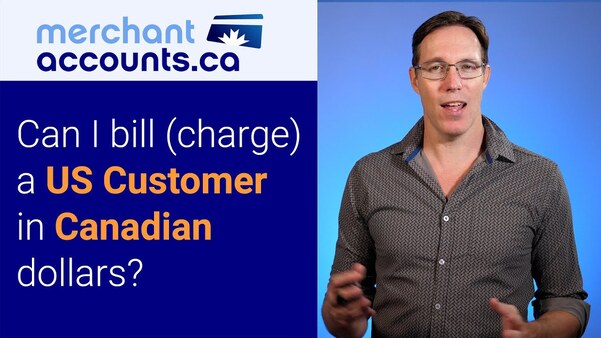Sept 16, 2021
by David Goodale
Why do international e-commerce transactions get declined?
(Slightly edited from video transcript for greater readability)
Key Takeaways
Hello, David here at Merchant-Accounts.ca. Today I'm going to tackle the topic of why cross-border transactions tend to get declined.
I'm going to start by clarifying that we're talking about cross-border declines. These are legitimate transactions where you have tried to process a card and it got declined for a ridiculous and frustrating reason: the card issuing bank has prevented the transaction from occurring.
Let's start by examining why this happens. Card issuers have anti-fraud algorithms. The purpose of which is for the card issuer trying to stop and prevent fraud from occurring. This is to protect themselves and the cardholder. Unfortunately, these algorithms aren't perfect. For example, if my Grandmothers credit card got used at a European online casino at 4am for a gambling transaction, it would be easy for the algorithm to sleuth out that it's s totally outside of her profile. Should would never do that and wouldn't even be awake at 4am. However, these algorithms are sophisticated and it's not always obvious. So some of the things that they might tend to look at is does this card holder typically purchase out of country?
It's not just any one criteria. It's weighted. Does this card holder typically purchase from merchants with this merchant classification code? (A MCC code is a category classification that identifies merchants that sell certain types of product or services). Or, does this card holder typically purchase transactions that are this much money? It's a weighted scoring thing, so if too many things get ticked, if too many risk factors show up on a transaction the card issuer will block it. Unfortunately, it occurs erroneously in situations where the anti-fraud system got it wrong.
When this happens it will result in a decline for you as a merchant, and a frustrated customer because they're just trying to buy this thing and move on with their life. Now it's worth saying that these declines can increase with ticket size, mcc codes, and also demographics the type of customer that you're servicing.
When this happens what can you do about it? You can't control the issuer... or can you?
Improving your approval rate
It turns out you can you can at least stack the deck in your favor, as much as possible. The way that you do that is by passing the best information that you have so when your website submits the order to be processed you should include the customer's full billing address.
That includes their street address, road, city, postal code, province and country. All of these things will let the card issuer match the address that you've submitted with the order to the address they have on file for this cardholder.
This is called an AVS match. Additionally, you may have seen the three-digit security code (called a CVV code) on the back of a credit card. If you include that with the order then the issuer can say "hey, they the AVS match and the CVV code match". That may be enough to tip the scale in your favor and let the transaction through.
What you're trying to do is convince the issuer that this is a legitimate transaction. Now there's other things you could possibly do as well. You could sign up for 3d secure. For merchants that aren't familiar with it, 3d secure is a second extra layer of validation that cardholders go through when purchasing.
I don't want to go beyond the intended scope of this article, but 3dsecure doesn't show up all the time. Most card holders will never know a transaction is 3d secured. However, if the issuer would otherwise decline a transaction what they do is they send a text out to the customer's phone, "hey is this a legitimate attempt at using your credit card? Text back the number 1 if yes.". That way the issuer has an alternative as opposed to just declining the order, to at least let the customer go through the 3d secure checkout process.
Following up with lost orders
Sometimes no matter what you do, you won't get every single transaction approved. Declines do happen. When that happens you're going to need to reattempt the transaction. When you get a response back in payment processing your payment processor should give you whatever information they have about the order.
For example, if the decline was actually caused by on the processor side you would know that. This would be things like your own anti-fraud system preventing an order. (For example because a customer with the same IP address has ordered too many times too close together). But we can strip those ones away because they aren't the concern.
Where the decline comes back from the card issuer sometimes it includes information like a do not honor, or a credit card has expired decline. There's a lot of reasons things can be declined on the issuing side, including obvious things like insufficient funds.
The ones that we're talking about today are declines that should have gone through, but the issuer has blocked it. These declines are usually very generic. It won't state a reason, but instead will be an anonymous or generic card issuer decline without any specific reason.
When that happens you can present a message to your customer on the screen. Your website would say "It appears that your credit card is declined. Please try another card, or contact your bank and ask if they have blocked this transaction. If they have blocked it ask them to release the block and then 'Click Here' to try again.
You want to have the 'Try Again' button right immediately available. What you're trying to do is maximize your conversions, so you want to make it as easy as possible to get that reorder attempt through. Where you get a click-off (abandoned cart) what you can do is you could have a follow-up process with your customers. This is getting into more ecommerce related advice, but a way to recover those lost orders is to have a list in your database of issuer side declines, where the customer did not re-attempt or order did not ultimately go through. Then you call the customer and say: "We noticed that you made an attempt to purchase on our website yesterday. It looks like your card got declined. Did you contact your issuer to ask if they blocked it? Oh, you did, and they released the block? Would you like me to try and run that through right now?" Then you can just key it in and it will work as long as the issuer's not blocking it.
Solving the problem forever
Both processes above are workarounds to the fact that we can't control the card issuing bank. The ball is out of our court if an issuer decides that an international transaction is higher risk, and it's tripping their anti-fraud algorithm.
If we can't stop the issuer from blocking it, then how do we solve it? You prevent international transactions from occurring in the first place. We can indeed make it so that international transactions have zero impact on approval rates, but the solution isn't easy. You accomplish this by making sure the transactions are not international in nature.
I'm Canadian. Let's say that I had a lot of sales to US customers. What I would do is get a US domestic merchant account. This is a merchant account issued by a US based payment processor. This way, when the transaction it is not crossing a border.
This is s not always an easy solution though. The reason it's not easy is because you can't get a US merchant account if you don't have a US registered business. This is s Visa and Mastercard rule that payment processors must abide by.
For clarity, as a Canadian payment processor we can't just work with an Australian merchant. We might love this Australian merchant, who might have a great business and do a lot of Canadian sales. However, we can't just work with them because our license from Visa and Mastercard (the processors license) does not allow it. Payment processors need to work with businesses that are registered in the same country that the processor is located. For clarity, in this example, the Australian merchant would need to register their business in Canada to allow a Canadian merchant account provider to issue a Canadian domestic merchant account to them.
Coming back to my earlier example, as a Canadian business owner, if I wanted a US merchant account (because I have a lot of US customers), I would need a US registered business. However, if I do that I'm getting into incorporation, I'm going to have to deal with tax returns and the IRS. Which is totally worth it if you do a lot of sales in that country, but it is not worth it if you don't do significant amounts of sales volumes. You have to weigh it and decide whether it's right for your business.
Summary
What you want to do as a merchant is understand why cross-border transactions happen, and have a process on your website to try and explain to the customer what's happening when a transaction is declined. You want to make it very easy for the customer to attempt the re-order attempt.
Make it clear that if they can contact their card issuer, ask if their bank blocked the transaction, and once they've confirmed it was blocked ask them to release the block, and they can then click the 'Try Again' button on your website to complete the order.
You should also have a follow-up process to any customers that abandon their cart. This way you can help them with good customer service you can recapture the lost sale.
Finally, if you do enough transactions in a foreign jurisdiction consider incorporating there to get a domestic merchant account. This is specifically the type of thing we can help with at Merchant-Accounts.ca.
If you are working on similar issues and have any questions don't hesitate to contact us. Thank you for watching, and I hope you have a great day.
Need professional guidance?
Contact us for a free one hour consultation.
Can I Help Lower Your Processing Fees?
If you found this content helpful, will you give me the opportunity to quote on your business?
View Rates








